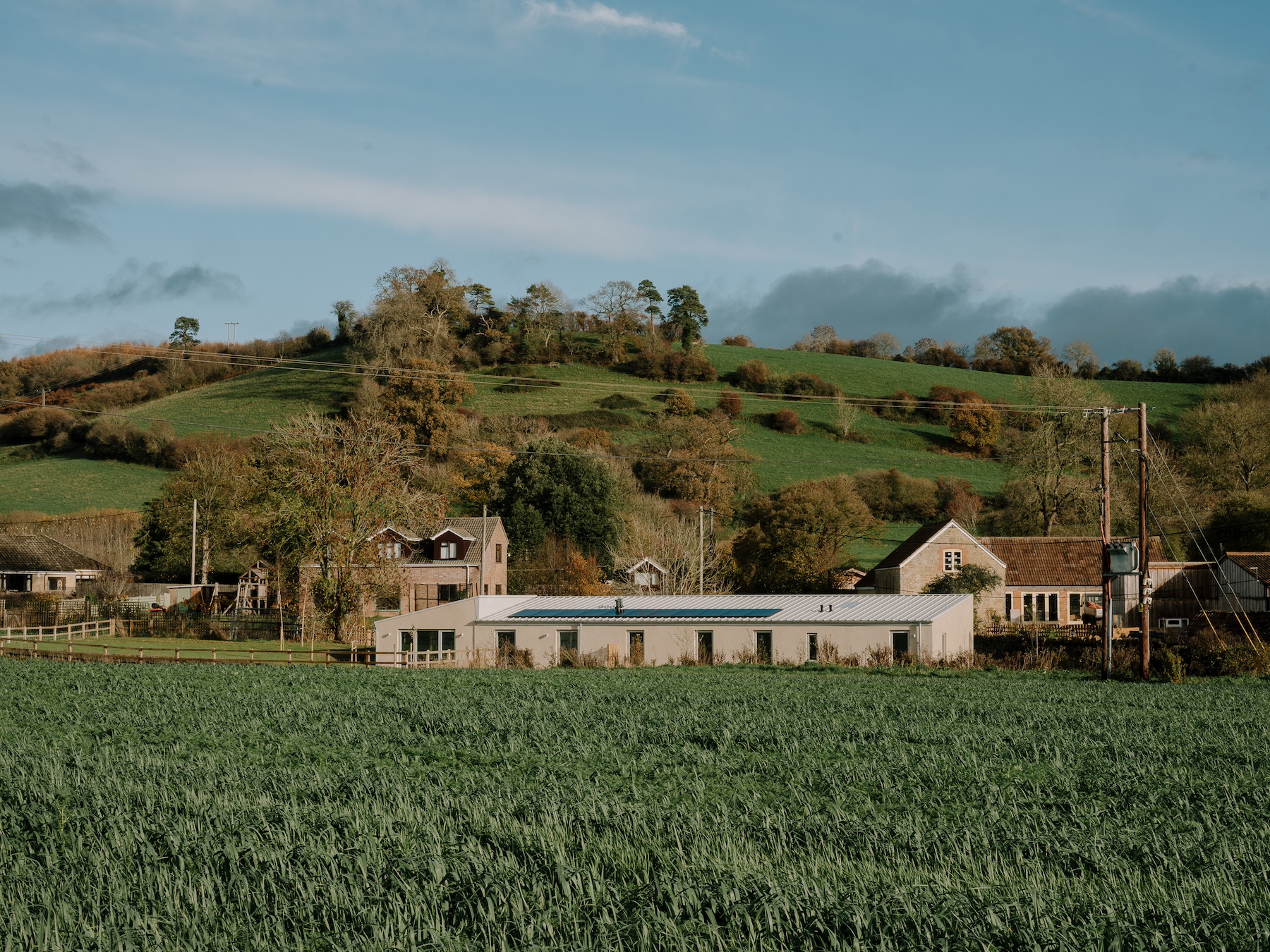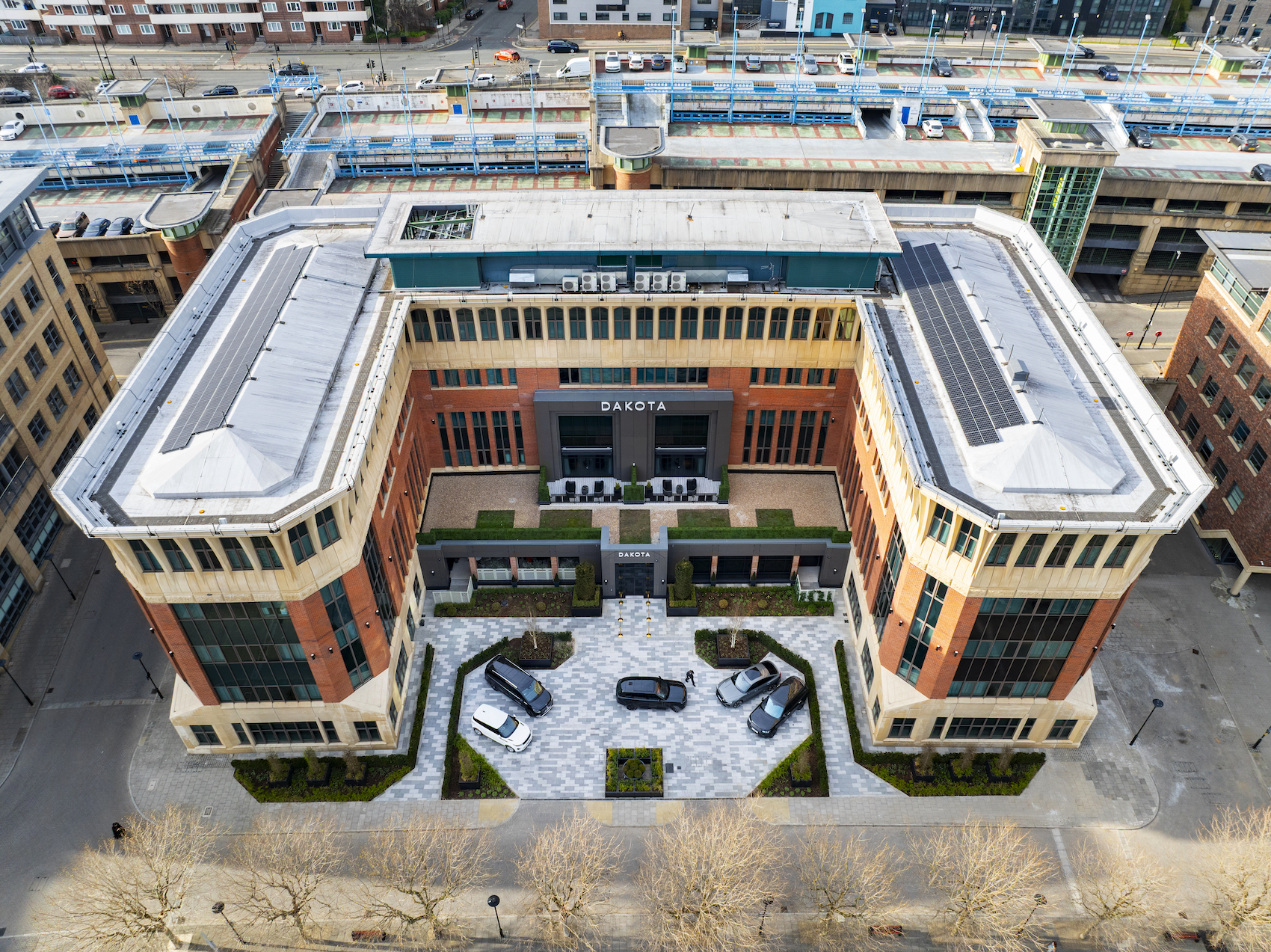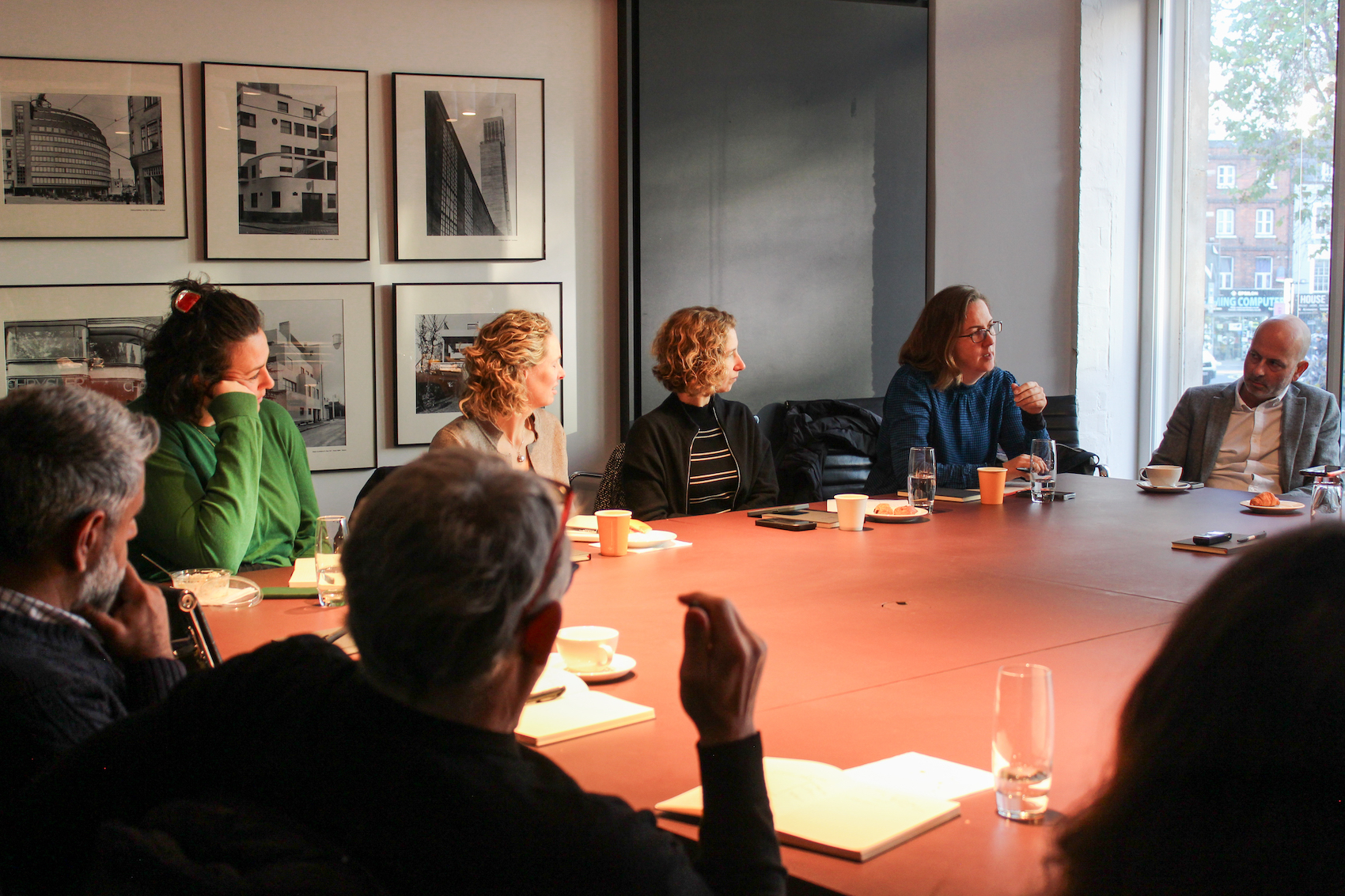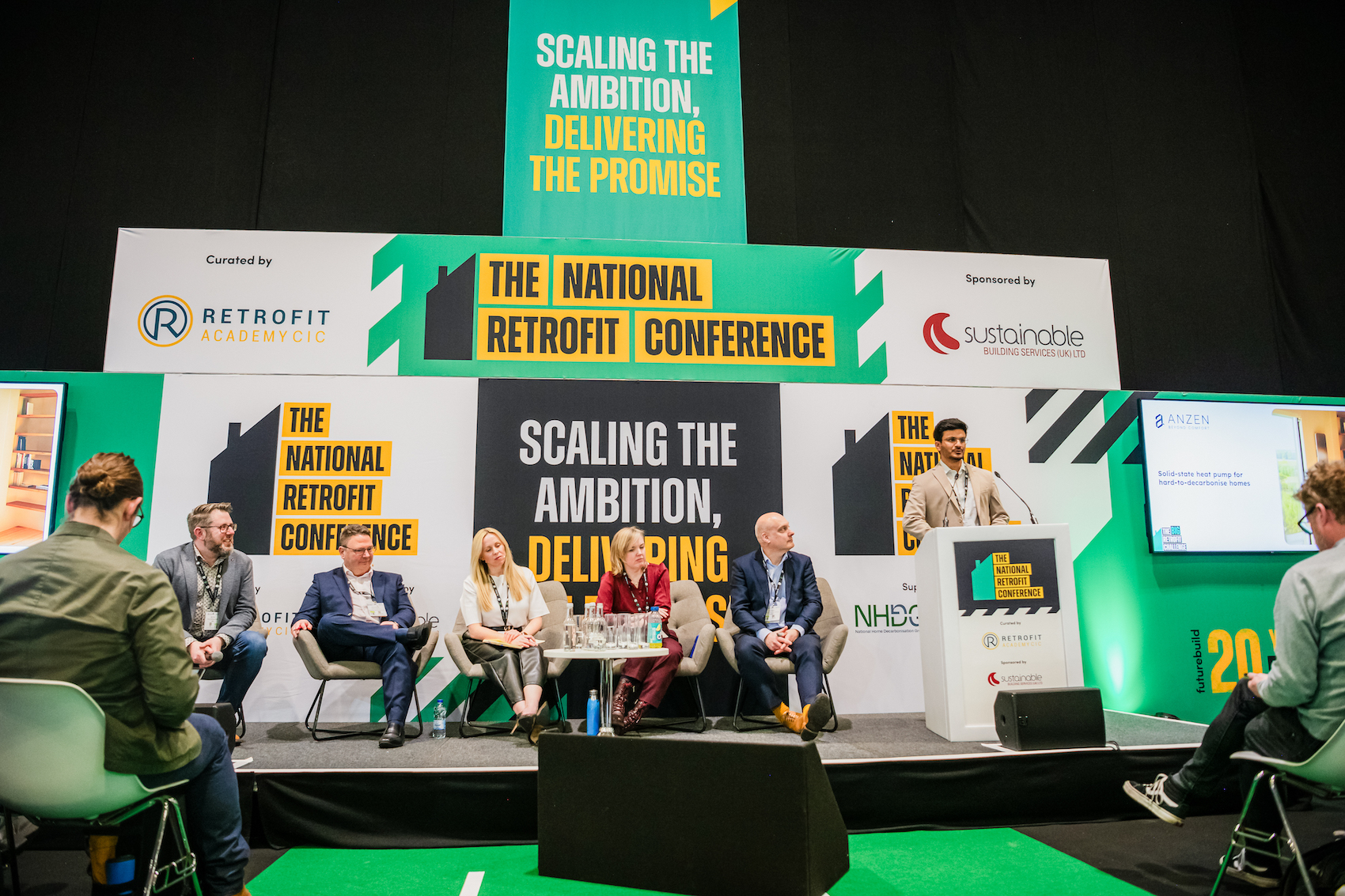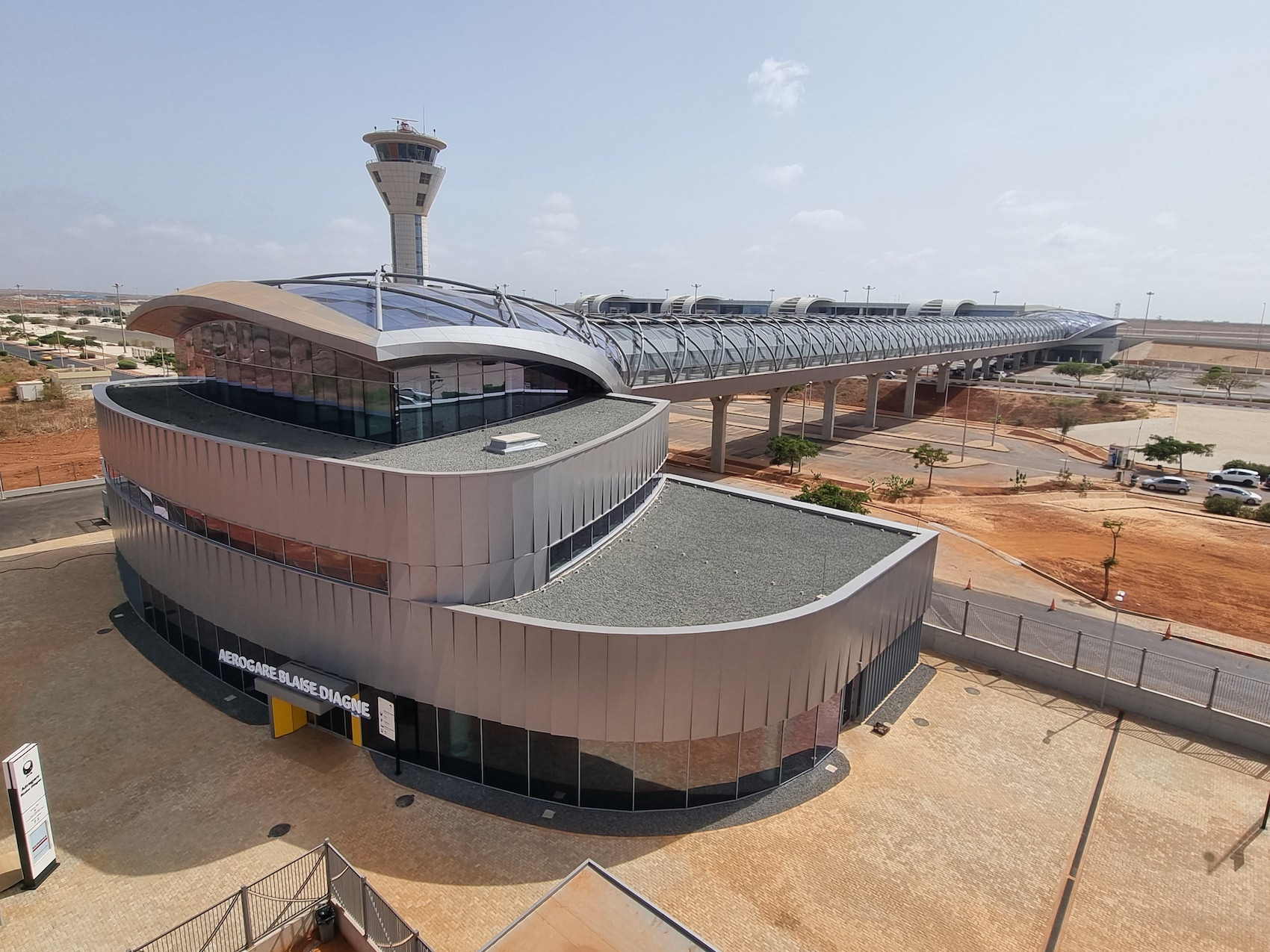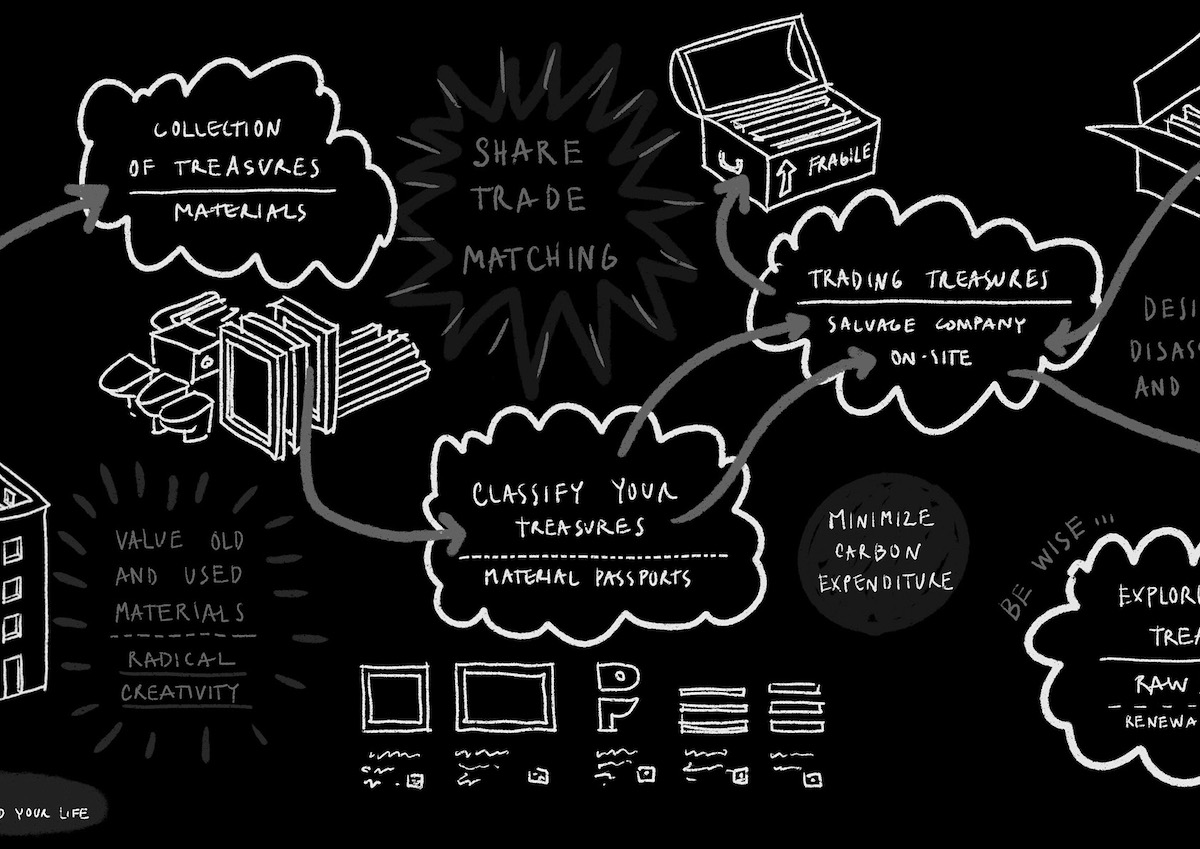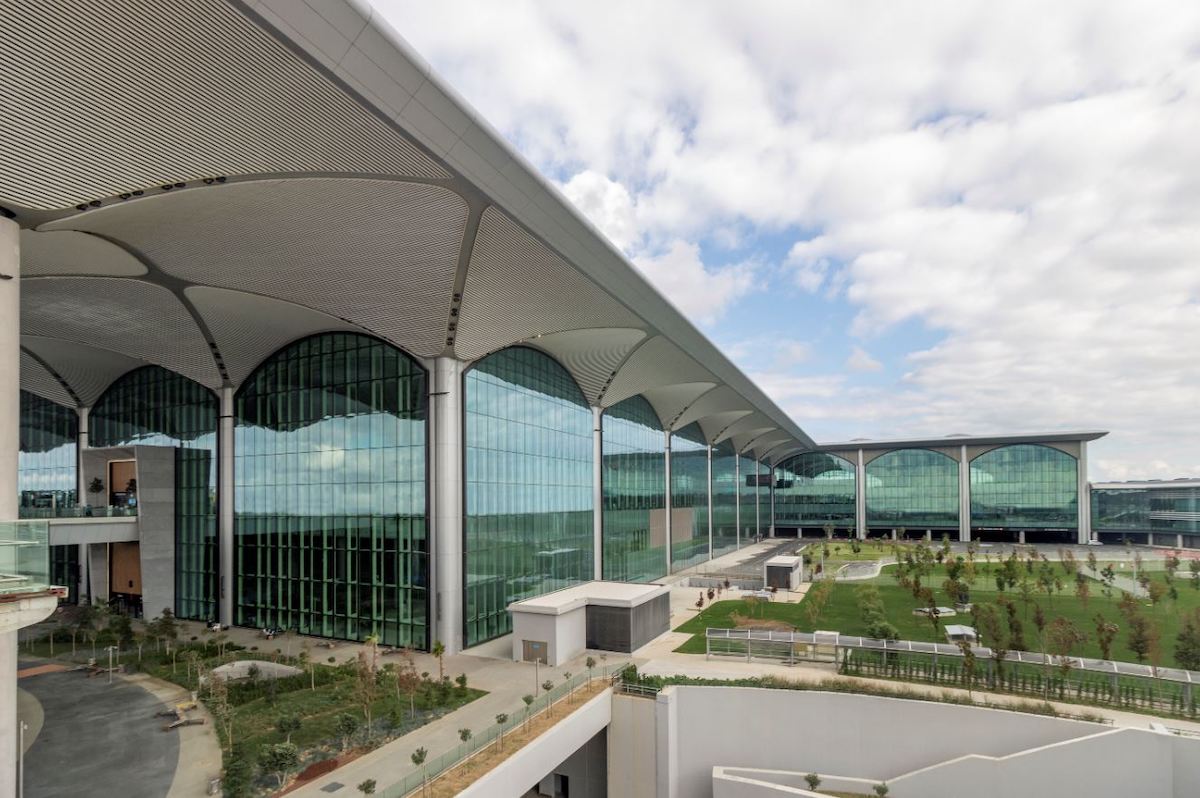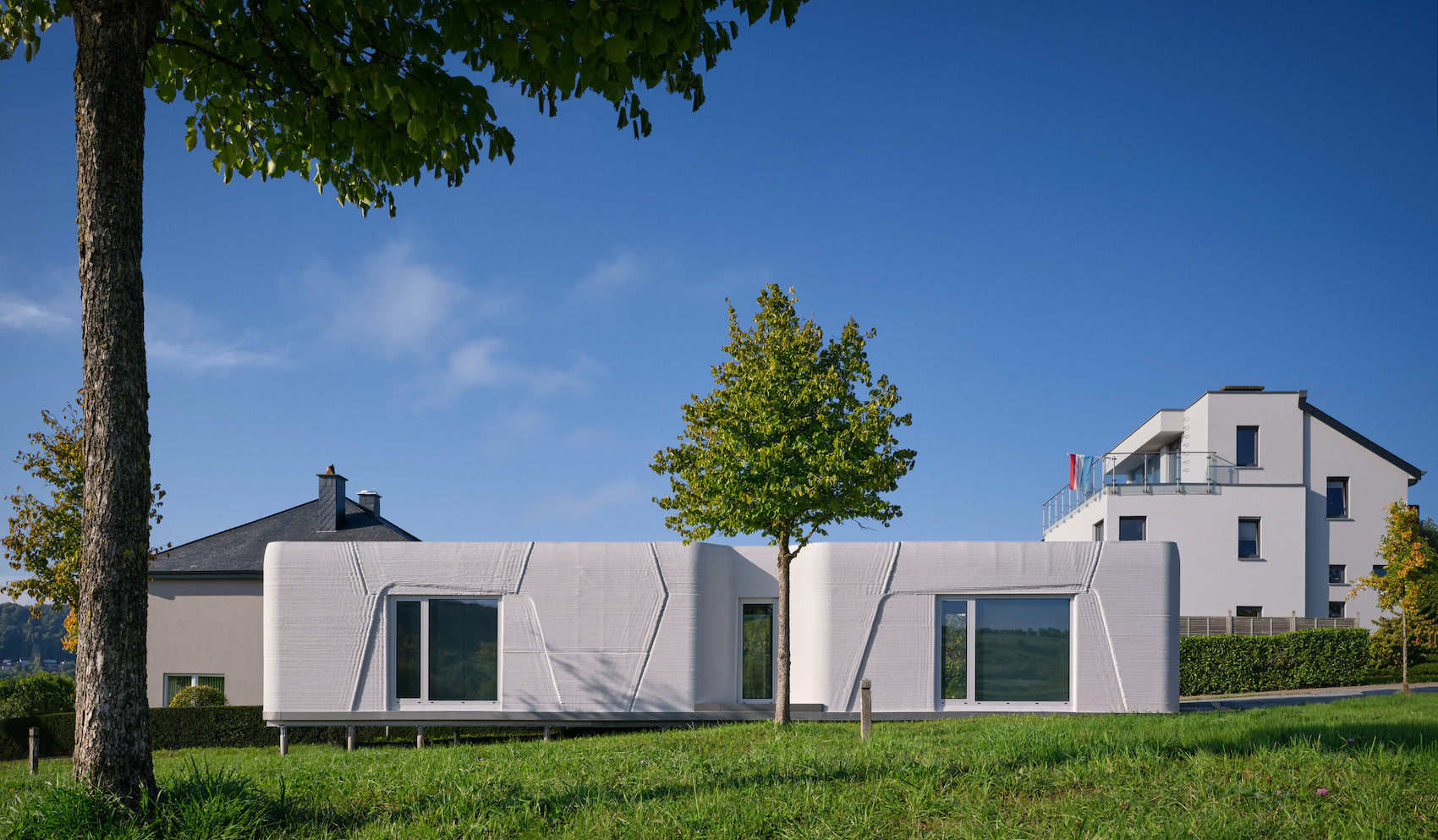Watch the AT webinar, in partnership with Kuraray and Selectaglaze, exploring how architects and consultants are designing resilient, low-carbon buildings that are secure, durable and inviting.
As the Climate Emergency and urban pressures continue to rise, so too does the demand for energy-efficient buildings that are not only resilient to risk abut also welcoming to users. So how can safety and security measures be integrated without compromising environmental ambition or spatial quality? What role can long-life materials play in reducing whole-life carbon and maintenance costs? And how can sustainability and security be aligned in both design thinking and execution?
These questions and more were explored in this AT webinar, supported by Kuraray and Selectaglaze. The event was chaired by Architecture Today’s Jason Sayer, and the speakers were Giles Martin, Director at WilkinsonEyre; Allan Gibson, Global Product and Marketing Segment Manager at Kuraray; Julia Hall, Head of Design for Security and Crime Prevention at Greater Manchester Police; Darren Berryman, Technical Sales Manager at Selectaglaze; and David Cormie, Global Resilience, Security and Risk Leader at Arup.
Designed by WilkinsonEyre, 21 Moorfields is the new headquarters for Deutsche Bank in the City of London. The development, which incorporates new pedestrianised streets, squares, and walkways, is suspended over a complex train interchange using a steel bridge structure (photo: Ben Bisek).
Giles Martin opened the webinar by showcasing WilkinsonEyre’s design for Deutsche Bank’s new UK headquarters at Moorgate in the City of London, a project that spans over the Crossrail infrastructure. Martin explained how the building’s structure, essentially a bridge over a busy station, reconciles the demands of high-quality workspace with urban connectivity and security. Safety and security were integral to the design from the outset, with Martin describing how the building incorporates elevated headquarters spaces and pedestrian-friendly secure boundaries, creating a ‘ring of steel’ that provides robust protection, while retaining permeability and openness.
The scheme has been designed in line with the City’s urban greening initiative, with more than 20 per cent of the site area devoted to biodiverse habitats (photo: Dirk Lindner).
“This is a building over a station — structurally a bridge — but designed to meet the highest workplace and security standards,” Martin explained. He highlighted how the project balances its complex security requirements with a focus on creating vibrant public spaces and sustainable transport connections.
Test sequence showing the positive and negative pressure phases of blast on a bolted laminated glass façade (image: Crossley Consulting).
Allan Gibson followed with a discussion on how laminated safety glass can be integrated into designs to enhance resilience and reduce risks from incidents, such as explosions or forced entry. Drawing on case studies, including London City Hall and the US Embassy in London, he demonstrated how advanced interlayers, such as PVB and Sentri, provide protection while maintaining transparency and aesthetic quality. “Laminated safety glass with advanced interlayers like PVB and Sentri can mitigate the effects of blast, forced entry, and impact while maintaining transparency,” Gibson noted. He highlighted how these technologies not only support building safety but also create open, welcoming urban spaces.
Example of security measures that Crime Prevention through Environmental Design would advise, including security-rated front doors, front walls with railings (to prevent loitering), square-profile drain pipes (to prevent climbing), and fencing between properties (photo: Julia Hall).
Julia Hall provided insight into Greater Manchester Police’s approach to embedding crime prevention within the design process. As head of the Design for Security team, she explained how early intervention through Crime Impact Statements and Secured by Design accreditation helps to mitigate potential crime risks. “It’s our role to take crime out of the system by supporting teams to design the drivers out, so that crime never happens,” Hall stated, emphasising the proactive, preventative approach. She underscored that designing out crime not only supports community safety but also reduces the demand on police resources, highlighting successful case studies where built environment professionals collaborated with local authorities and developers to create safer and more sustainable neighbourhoods.
Secondary glazing from Selectaglaze provides certified security and sustainable energy efficiency upgrades (photo: James Attree).
Darren Berryman discussed the evolving role of secondary glazing in achieving both enhanced security and energy performance. He explained how discreet systems can be retrofitted into historic and modern buildings alike, offering reversibility and improved thermal efficiency without compromising heritage integrity. “Secondary glazing is a fully independent system fitted room side of the primary window, offering reversibility and preservation of heritage,” Berryman noted. By combining advanced laminated glass with low-emissivity coatings, secondary glazing can reduce energy loss and protect against threats like burglary or blasts.
“Squaring the circle of sustainability and security involves understanding the various design requirements and adapting the security design objectives accordingly, ” advocated Arup’s David Cormie (photo: Mark Andrew).
David Cormie concluded the event by emphasising the importance of integrating safety, security, and sustainability from the outset of building design. Highlighting the interrelation of safety and security risks, he stressed the need for early-stage collaboration with security consultants to create resilient, adaptable spaces. “Focus on good design and you will design out both safety and security concerns,” Cormie advised. He called attention to society’s heightened sensitivity to deliberate harm, such as terrorism, and argued for a proactive, design-led approach to risk mitigation that balances protection with inclusivity.








